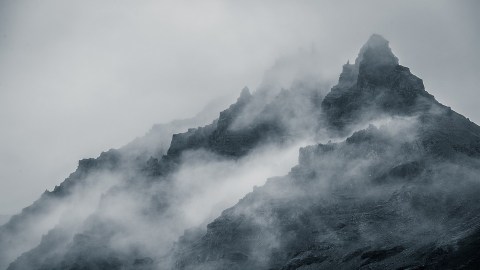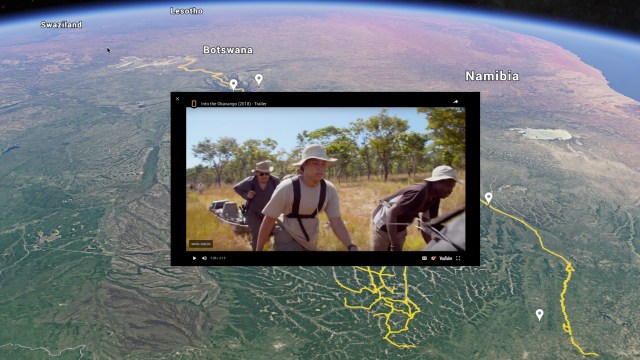Report: Just 23% of Earth’s wilderness remains

Photo: Pixabay
- “Seventy-seven percent of land (excluding Antarctica) and 87 percent of the ocean has been modified by the direct effects of human activities,” states a new paper in Nature.
- Just 5 countries — Russia, Canada, Australia, the U.S., and Brazil — contain 70 percent of the world’s wilderness (excluding Antarctica).
- The paper emphasizes the urgent need to protect large-scale ecosystems, calling them a buffer against the Anthropocene.

Image: Springer Nature, Vol. 563, Nov 2018.
Human exploration and activity has transformed the natural world, and a paper recently published in Nature gives us some numbers to accompany our sense of that ever-snowballing change. The Wildlife Conservation Society summarizes it in a news release: “23 percent of the world’s landmass can now be considered wilderness, with the rest—excluding Antarctica—lost to the direct effects of human activities.”
The criteria by which the Nature paper examined Earth included a focus on built environments, crop and pasture lands, population density, night-time lights, roadways, railways, and navigable waterways, and the scale of the details found using that criteria are shocking, as the authors, James E. M. Watson, James R. Allan and colleagues, write:
“Between 1993 and 2009, an area of terrestrial wilderness larger than India — a staggering 3.3 million square kilometres — was lost to human settlement, farming, mining and other pressures. In the ocean, areas that are free of industrial fishing, pollution and shipping are almost completely confined to the polar regions.”
Such a large impact seems to be relegated to comparably few actors as well. Twenty nations hold control over 94 percent of the marine and terrestrial earth. Five nations — Russia, Canada, Australia, the U.S., and Brazil — control 70 percent.
If future generations are to remember us with gratitude rather than contempt … we must leave them a glimpse of the world as it was in the beginning. — Lyndon B. Johnson, 36th President of the United States

Image source: Springer Nature, Vol. 563, Nov 2018
What action can be taken to protect global wilderness?
“We believe that Earth’s remaining wilderness can be protected only if its importance is recognized within international policy frameworks,” the paper states. The authors continue:
“How can changes in policy at the global level translate into effective national action? By our measure, 20 countries contain 94 percent of the world’s remaining wilderness (excluding the high seas and Antarctica). More than 70 percent is in just five countries — Russia, Canada, Australia, the United States and Brazil (see ‘What’s left?’). Thus, the steps these nations take (or fail to take) to limit the expansion of roads and shipping lanes, and to rein in large-scale developments in mining, forestry, agriculture, aquaculture and industrial fishing, will be critical.”
The paper recommends a move for large-scale ecosystems to be explicitly protected by an international framework similar to The Paris Climate Agreement.
Pressure could well be put on the five largest meat and dairy companies, who emit a startling amount of C02 and don’t receive nearly as much political attention as oil companies.
Global policy should also encourage rewilding. Build more carbon capture sites. Plant more trees. Donate to organizations that plant more trees. Reach out directly to Chinese provinces to assist in their energy production so that the relatively new spike in C02 emissions drops.
Quite relevant in this moment in America, just before the midterms: Vote for politicians and environmental issues that will make the world a better place.
The authors finish on an emotionally poignant note:
“As U.S. President Lyndon B. Johnson observed when he signed the US Wilderness Act in 1964, “If future generations are to remember us with gratitude rather than contempt. . . we must leave them a glimpse of the world as it was in the beginning.”
Already we have lost so much. We must grasp this opportunity to secure the wilderness before it disappears forever.

“Earth’s remaining wilderness areas are becoming increasingly important buffers against changing conditions in the Anthropocene. Yet they aren’t an explicit target in international policy frameworks,” write James E. M. Watson, James R. Allan and colleagues.





